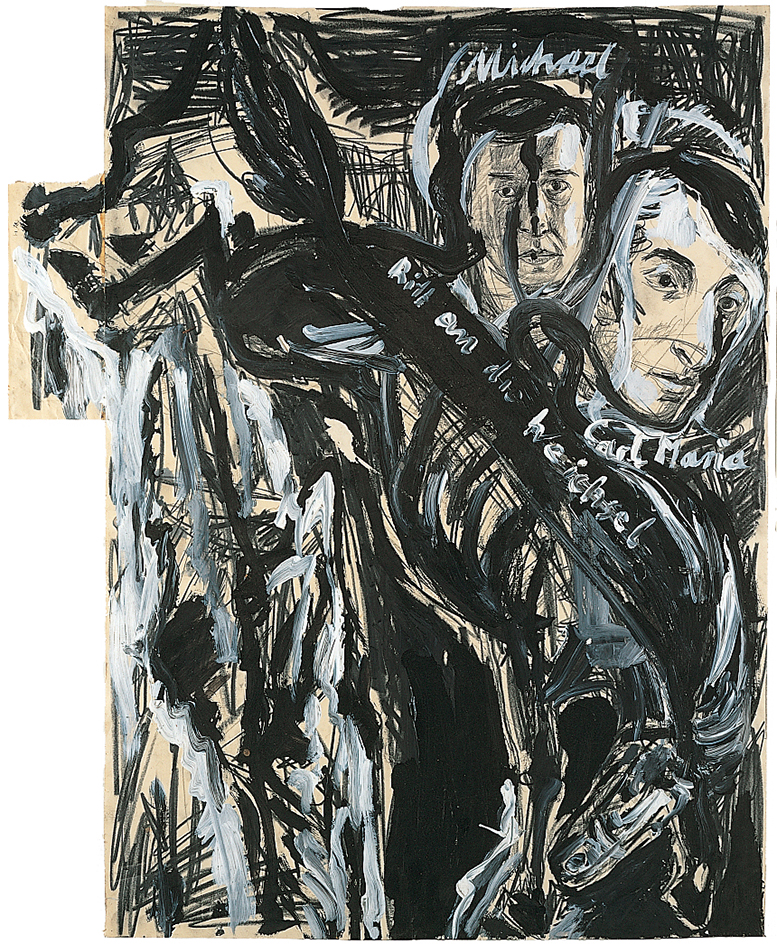Kiefer, Anselm << KEEF uhr, AN sehlm >> (1945-…), a German painter, is one of the most important artists to appear since the end of World War II in 1945. He is among a group of painters called Neoexpressionists, who try to inject emotional and spiritual content into art.

Kiefer’s large-scale paintings reflect the physical and psychological destruction of Germany during World War II. His dark, threatening images portray a broken, devastated landscape. Previously rich, fertile fields are burned and barren. Rows drawn in the fields refer to the paths of marching soldiers rather than to plowing. There is no human presence other than reference to the dead. However, Kiefer also offers some hope. His art often includes images from German legends, expressing the strength of the German character and faith that Germany will be able to achieve its rebirth.
Kiefer is considered one of the most technically inventive artists of his time. Many of his paintings contain photographic images and real objects, such as straw, sand, sheets of lead, and copper wires. He was born on March 8, 1945, in Donaueschingen, near Villingen-Schwenningen.
